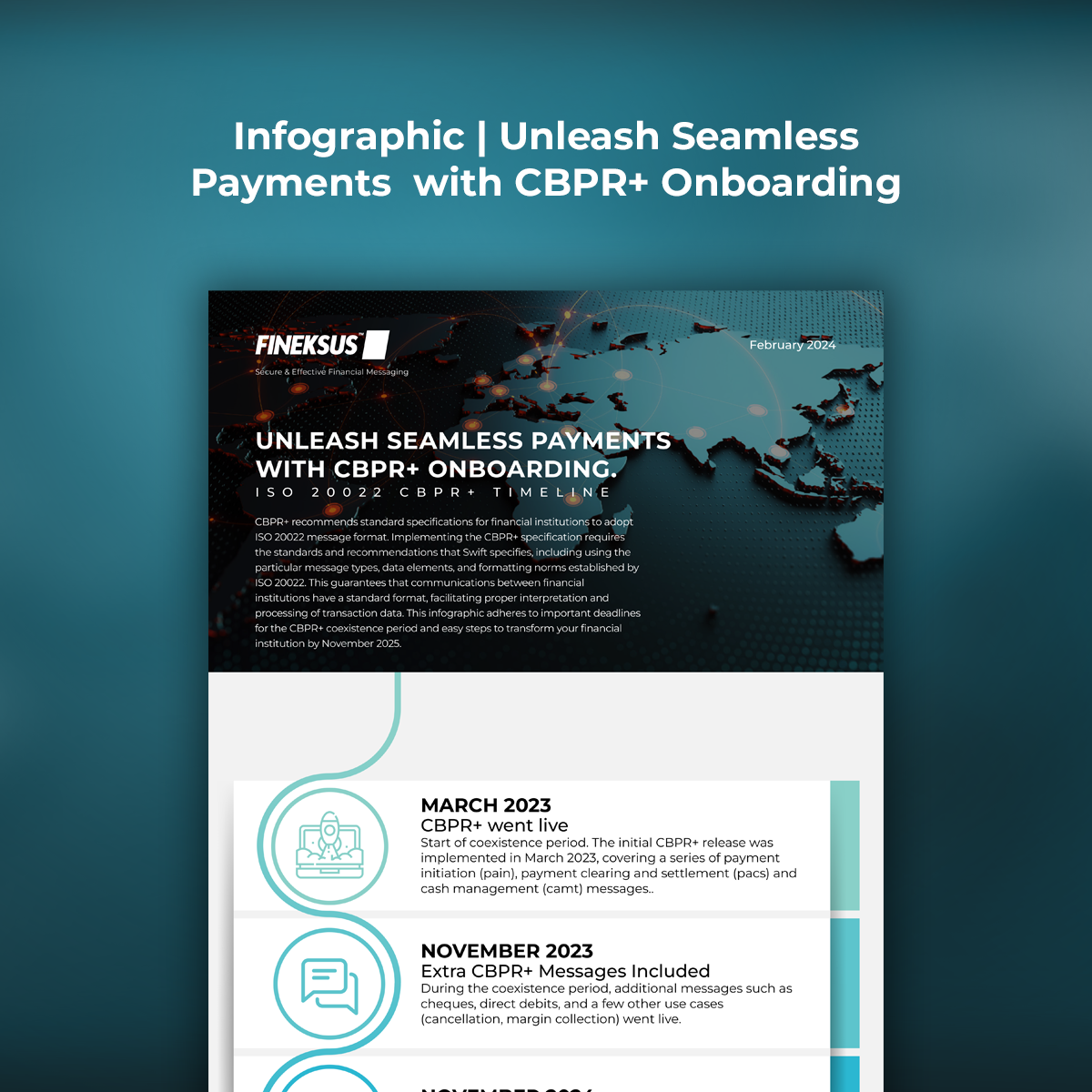
What Is Watchlist Screening?
Watchlist screening is a vital protective measure adopted by businesses to evaluate potential risks associated with individuals or entities they interact with. This methodical process entails cross-referencing against a consolidated “watchlist,” containing information on individuals from high-risk countries, politically exposed persons, those in adverse media, money laundering offenders, and cybercriminals.
Global watchlists, collaborative initiatives between governments and international agencies, serve as comprehensive databases identifying individuals and companies involved in illegal activities, linked to terrorist groups, money laundering, and other illicit pursuits. By scrutinizing customers, partners, or transactions against these watchlists, businesses aim to proactively avoid unintentional associations with high-risk entities, ensuring security and compliance.
Watchlist screening acts as a preemptive measure, allowing companies to make informed decisions while mitigating potential threats associated with their business engagements.
Types of Watchlist Screening
Watchlist screening encompasses diverse types designed to address specific risks and compliance needs. AML Watchlist Screening detects individuals engaged in money laundering, thwarting the flow of illicit funds within the financial system. PEP Screening directs attention to individuals occupying prominent public positions, necessitating increased scrutiny and thorough due diligence.
Sanctions Screening checks against lists subject to economic or trade sanctions to avoid legal repercussions. Fraudulent Activity Screening targets entities linked to scams and financial fraud. Terrorist Financing Screening identifies entities associated with terrorism financing for global security. Internal Watchlist Screening helps businesses manage unique risks with specific criteria. Global Watchlist Screening involves checking against a wide range of global watchlists, offering a comprehensive defense against various risks based on industry requirements and regulatory standards.
Watchlist Screening Methods
Effective watchlist screening transcends checklists, employing advanced techniques for accuracy and efficiency. Key methods include utilizing sophisticated name matching algorithms, incorporating fuzzy matching and phonetic analysis, and standardizing data for accuracy. Real-time monitoring and regular watchlist updates ensure timely risk identification.
Behavioral analysis goes beyond static data, detecting subtle signs of fraud. Leveraging machine learning and AI refines processes over time. Entity resolution techniques accurately identify entities, crucial in cases with multiple records. Risk scoring prioritizes high-risk entities, and comprehensive cross-referencing from various sources ensures a thorough examination. These techniques, when integrated, fortify watchlist screening, mitigating risks effectively.
What are the Challenges in Watchlist Screening?
Effective watchlist screening, while pivotal for risk management, presents challenges. False positives and negatives create a delicate balance, impacting operations and risking oversight. The accuracy of screening relies on updated data, posing ongoing challenges in validation.
Scalability issues arise as businesses grow, demanding efficient handling of large datasets. Regulatory complexities add to the challenge, requiring constant adaptation to evolving compliance standards. Balancing speed and accuracy is crucial; quick processing must not compromise precision. Navigating these challenges is imperative for businesses to ensure a robust and effective watchlist screening process.
In conclusion, watchlist screening serves as a proactive defense mechanism for businesses, aiding in the identification and mitigation of potential risks associated with individuals or entities. Despite its crucial role in risk management, challenges such as false positives, data accuracy, scalability, and evolving regulatory standards persist. Striking a balance between speed and precision is essential for effective watchlist screening, enabling businesses to navigate complexities and ensure compliance while making informed decisions to safeguard their operations and integrity in an ever-evolving business landscape.


